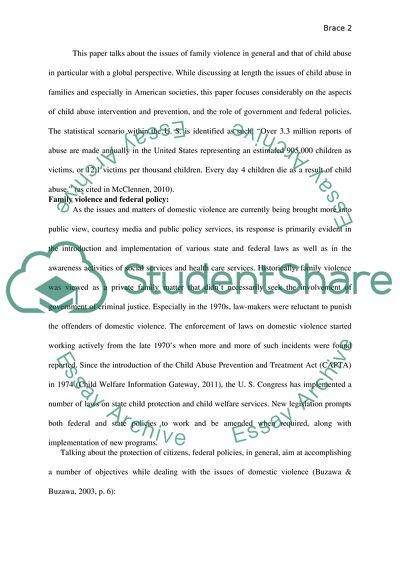Cite this document
(Family Violence Research Paper Example | Topics and Well Written Essays - 3500 words, n.d.)
Family Violence Research Paper Example | Topics and Well Written Essays - 3500 words. Retrieved from https://studentshare.org/social-science/1769718-family-violence
Family Violence Research Paper Example | Topics and Well Written Essays - 3500 words. Retrieved from https://studentshare.org/social-science/1769718-family-violence
(Family Violence Research Paper Example | Topics and Well Written Essays - 3500 Words)
Family Violence Research Paper Example | Topics and Well Written Essays - 3500 Words. https://studentshare.org/social-science/1769718-family-violence.
Family Violence Research Paper Example | Topics and Well Written Essays - 3500 Words. https://studentshare.org/social-science/1769718-family-violence.
“Family Violence Research Paper Example | Topics and Well Written Essays - 3500 Words”, n.d. https://studentshare.org/social-science/1769718-family-violence.


